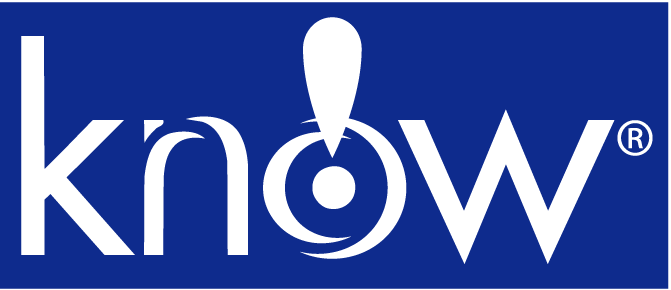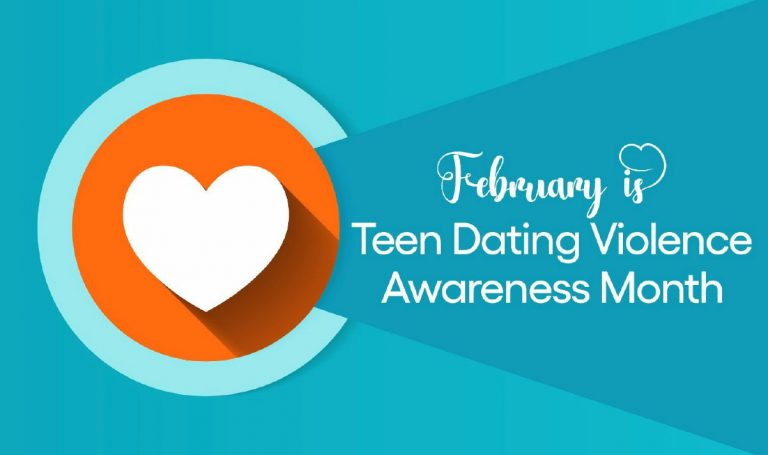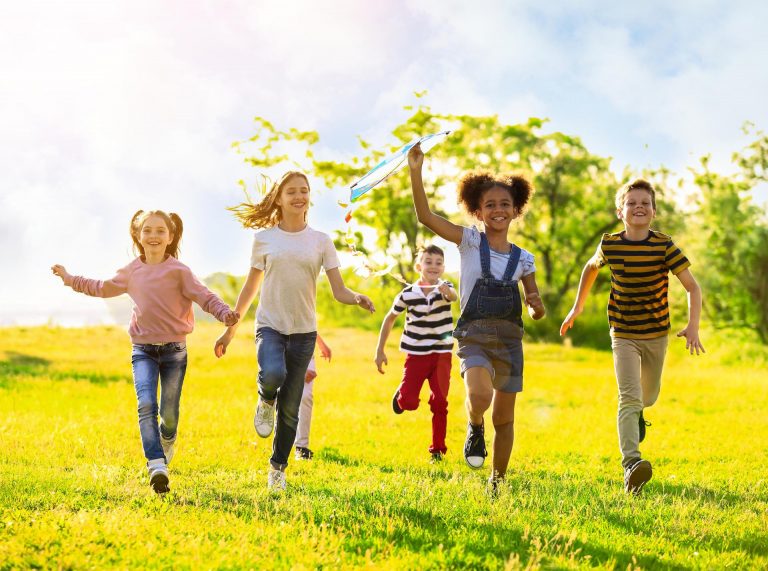Know! to Support Positive Identity Formation
Identity development is a key aspect of adolescence. Young people are particularly conscious of their personal identities and changes to their identities. Dimensions of identity include race, gender, family, ethnicity, culture, sexual orientation, and faith. In the process of developing their identities, young people may begin questioning values, setting personal goals, and experimenting with various forms of self-expression. In some cases, these actions will challenge social or gender norms.1
As a caring adult, you may struggle to understand or relate to the developments of your youth’s identity. However, developing a positive view of their own social identity is important for fostering young people’s self-esteem, feelings of belonging, and social support, all of which can help protect adolescents from poor mental health and other risks, like substance use and violence. One of the best ways to support positive identity development for young people is by engaging in ongoing discussions about identity and providing support as they explore their own identity.1,2,3
Learn more about supporting positive identity development with the tips below.
Start the Conversation
Use current events as an opener
July is both Minority Mental Health Awareness Month and Disability Pride Month. You might take this opportunity to learn about these occasions and engage in a discussion about racial injustice, ableism, and equity in your community.1
Share your stories
Personal identities can be difficult to discuss openly, and everyone’s experiences differ. Help your youth feel comfortable talking about their identity by sharing stories about your family, experiences, history, challenges you faced, and difficulties you overcame. Then, ask about their experiences with identity.1,2
Watch movies or shows together that explore different identities
Many TV shows, movies, and books discuss aspects of identity, including race, religion, gender, and sexual identity. Pick out a piece of media with your youth and then talk about what you both thought.1
Ask open-ended questions
Try out a conversation starter to begin talking. Examples include:
- Think of someone different from you (race, religion, gender, etc.). What do you like about them? What do you have in common?
- Do you have friends of a different race or practice a different religion? How does that affect your friendship?
- What is one thing you want to do to make the world a better place?
- What do you think most significantly affects how you see yourself? What about how others see you?
- Who is your role model? What about them makes them a role model to you?
Acknowledge what’s important to them
Keep an open mind
Remain open to your teen having a different perspective than you. Try to model curiosity about opinions different from your own by saying. “Tell me more about this,” or “What else would you like to share?”1
Hear them out
If your youth shares a part of their identity that surprises you, try to react calmly and listen. If you are experiencing strong negative emotions, try to delay a discussion until you feel calmer.1
Avoid creating pressure to have everything figured out
Try not to emphasize any aspect of your youth’s identity too much. Encourage them to explore their identity and remind them of other important identities and roles as a child, sibling, student, community member, etc.2
Say thank you
If your youth opens up to you about their identity, thank them for trusting you enough to share it with you and acknowledge their bravery.1
Model respectful behavior
Ask about their boundaries
Ask your youth what they would like you and other adults to do regarding their identity. This may include refraining from certain comments, allowing certain forms of self-expression, or respecting pronouns.1
Establish appropriate rules and consequences
Inform your teen of your expectations for them regarding the use of slang or offensive terms, and be sure to follow your own rules. Avoid using consequences related to identity, like preventing your youth from wearing certain clothes or styling their hair a certain way.1
Demonstrate respect
Build relationships with people different from you and encourage your youth to do so. Getting involved in or attending various community events can be a great way to start forging connections and model respectful behavior toward others.1,3
Speak out against bullying and harassment
Young people may experience bullying or harassment related to their identities. Depending on the environment, some groups who are seen as “different”, such as youth with disabilities, racial and ethnic minority youth, and LGBTQ+ youth, may be at an increased risk for identity-related bullying. If you or your youth witness bullying, speak out against it and encourage your youth to do so. You can find resources about creating supportive environments and preventing bullying for specific groups at https://www.stopbullying.gov/bullying/groups.3,4
Resources
- Become a Disability ALLY in Your Community and Improve Inclusion for All | CDC
- Disability Pride Month (americanbar.org)
- National Minority Mental Health Awareness Month — Home (hhs.gov)
- Race, Ethnicity, National Origin & Religion | StopBullying.gov
- LGBTQI+ Youth | StopBullying.gov
- Military Connected Youth and Bullying (stopbullying.gov)
- Bullying and Youth with Disabilities and Special Health Needs | StopBullying.gov
- Identity | Twelve Talks









